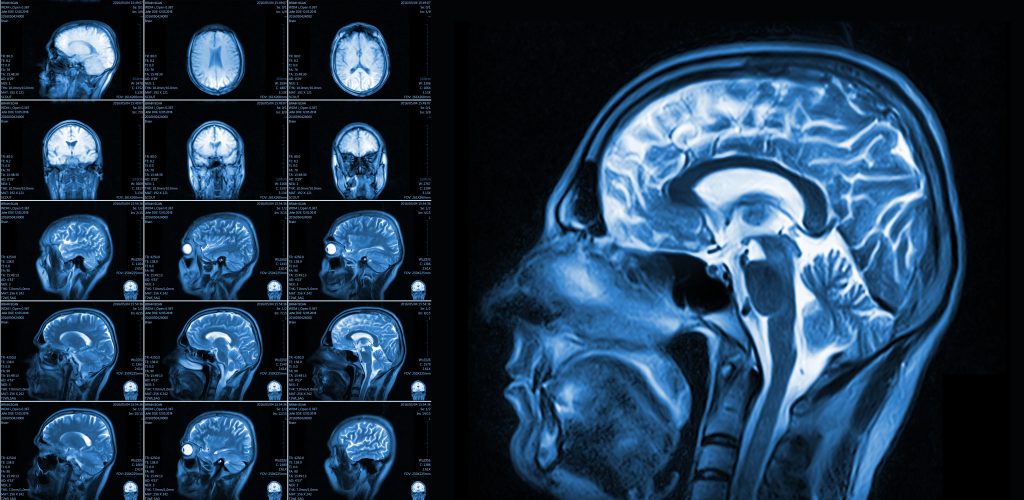
A new study has used optical fibres to monitor brain health following a traumatic brain injury (TBI).
Fibre optic cables are typically used for rapid information transmission such as high speed internet, but now, researchers are harnessing an AI-integrated optical fibre sensing system that can monitor complications in the brain following traumatic brain injury.
According to Imperial College London, the tech can simultaneously and continuously monitor six biomarkers that reveal information about brain health and the likelihood of secondary damage being present in a brain following TBI – something that is currently difficult to achieve with current monitoring methods.
The biomarkers include temperature, pH, concentrations of dissolved oxygen, glucose, sodium ions and calcium ions.
In a statement to Imperial college London, Dr Ali Yetisen, senior lecturer and co-author of the study, said: “This AI augmented fibre optic sensing technology will revolutionise neurocritical care by increasing diagnostic precision, leading to improved outcomes for patients with traumatic brain injuries.”
To achieve the results, according to the university, each cable was fitted with fluorescent tips specific for each biomarker, then a laser was used to monitor the analytes and machine learning utilise to separate the signals from each other.
The researchers wrote: “Initially, an optical fibre bundle was constructed by bundling seven single optical silica fibres as a sensing substrate integrated into a CSF [cerebrospinal fluid] drainage catheter for measurements.
“The tips of the fibre bundle were functionalised with six fluorescent sensing films as reversible optical transducers, enabling the selective and continuous measurement of the corresponding biomarkers. Additionally, a spare optical fiber was included for potential extension or signal enhancement.
“AI-assisted postsignal processing algorithms were developed for spectrum processing and concentration prediction, complemented by a graphical UI for direct user readout. The validity of the sensing system was evaluated using ex vivo brain models and clinical human CSF samples, simulating brain injury physiologies/complications in traumatic brain injury (TBI) patients.”
The team’s system was successful in accurately determining the different biomarkers.
“The developed multiplexed optical fibre sensing system demonstrated excellent performance in continuous and quantitative monitoring of multiple brain biomarkers in the CSF in real time,” the authors wrote.
“Each optical fibre sensor in the bundle exhibited high sensitivity and selectivity toward its target analyte. Efficient and robust computer software with AI models successfully aided in controlling the measurement optical system, ensuring stable and precise biomarker readouts.
“The optical fibre multiplexed sensing system holds great potential in assisting clinicians with dynamic monitoring of brain physiology in bedside settings.”








